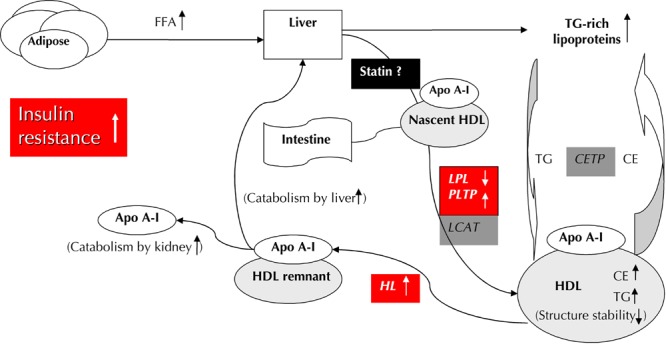Figure 2. Proposed mechanisms of HDL lowering in type 2 diabetic patients.

Increased insulin resistance at the adipocyte causes increased release of free fatty acid (FFA) flux into the liver, and stimulates the assembly and secretion of triglyceride (TG)-rich lipoprotein. Cholesterol ester transfer protein (CETP) mediates the transfer of TG from TG-rich lipoproteins to HDL in exchange for cholesterol ester (CE). The TG-rich HDL particles, characterized by structural instability and loosely bound Apo-AI, are voluntarily hydrolyzed by hepatic lipase (HL), which results in more rapid clearance of free Apo-AI and HDL remnants. In association with impaired lipoprotein lipase (LPL) and phospholipid transfer protein (PLTP) activity in the remodeling of HDL, the constellation of the above factors may lead to decreased serum HDL concentrations in type 2 diabetic patients. There are two possible explanations for the postulated mechanism of our HDL-C response after 1 year of statin therapy: 1. The impaired enzymatic activity involving HDL metabolism may attenuate the positive effect of statin in changing the HDL concentration. 2. The source of cholesterol in HDL may be decreased by the prolonged inhibition of hepatic cholesterol synthesis with statin therapy.
